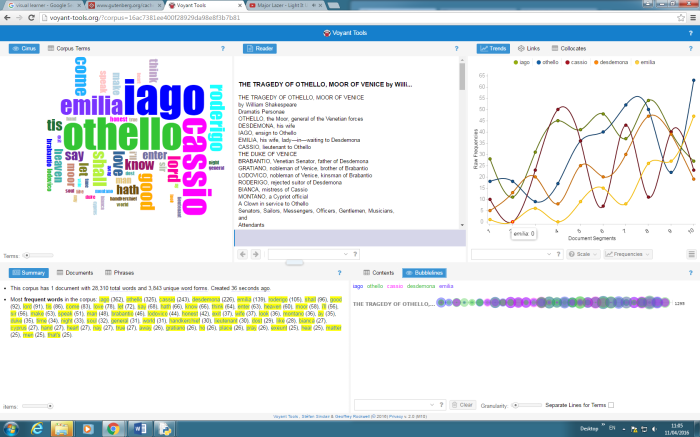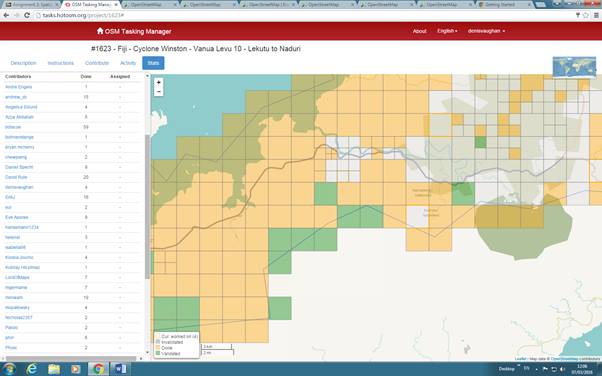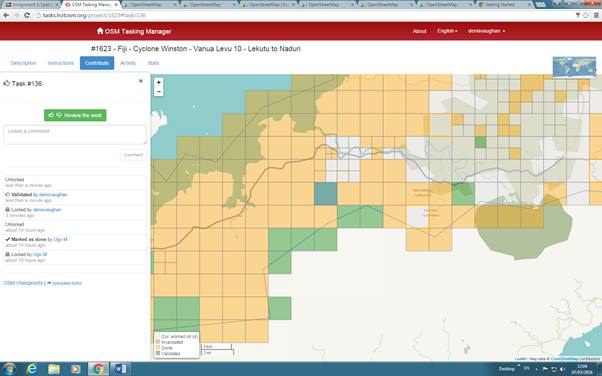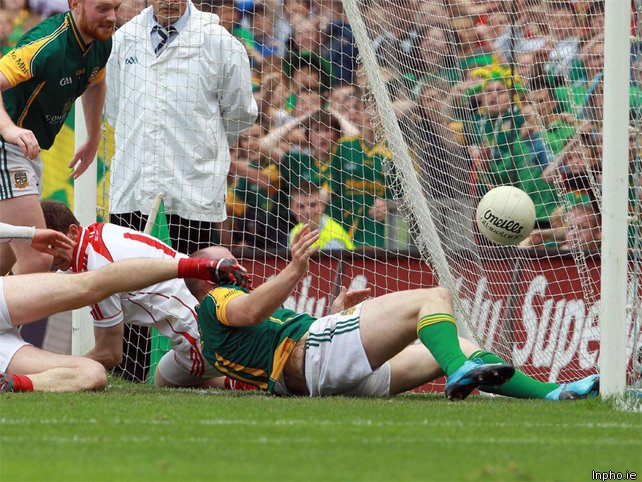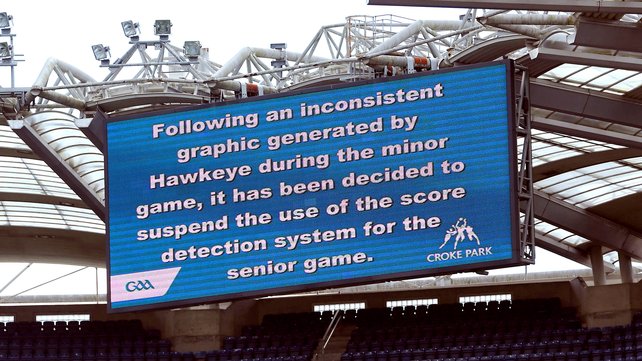Firstly I just want to say a few words on why I decided to choose this specific digital tool.
I am an avid user of twitter and find myself daily turning to it for instant updates on worldwide news, sporting events and even the odd rant. I find the idea of using this great resource in an academic frame interesting. I found this digital tool while browsing the Knightlab website and found the concept appealing so I decided to run with it.
Gathering information on this particular tool was made a lot easier through the availability of (https://twxplorer.knightlab.com/) a website dedicated solely to this digital tool. I first heard of knightlab, the group that have created this tool, during my first DH lecture this semester and was instantly amazed at the work they do.
TwXplorer is a digital tool that enhances the way we use twitter. It is a website based digital tool that was created by Knightlab to aid the how we search on Twitter, “A smarter way to search Twitter“, and was first realised in way back in 2013.

The website has a very user friendly interface so it was very hard for me to go wrong. It links directly to Twitter and seeing as I was already logged in to my Twitter account it was all a very quick process. I simply clicked “Search Twitter” and that’s how simply it was.
The main aim of TwXplorer is to make twitter a better resource for the likes of journalists and other researchers. The difference between Twitter’s original search and that of TwXplorer is the depth. TwXplorer shows users the most frequent terms, links and hashtags used in those tweets.
The Atlantic described the tool as, “A new, free tool [that] lets you analyse and archive twitter simultaneously” in article solely on TwXplorer back on the 17th of September 2013.
To see how it works fully I decided to search ‘Digital Humanities’ below are the results that were shown. The interface is split into three vertical sections of ‘Recent Tweets’, ‘Terms’ and ‘Hashtags’. I found this to be very visually appealing and manageable. On the left hand side of the screen is a pre view of all most recent tweets which are relevant to the search topic. This is generated by the pages you follow along with the similarity to search word/words.

Towards the centre and right of the screen lies a section dedicated to ‘terms’ and ‘hashtags’. These sections show two different lists of the most frequently used terms and hashtags in the two hundred odd results found. It also shows the figure in descending order from top to bottom of how many times that term or hashtag was present, accompanying them is a bar chart representation of that figure which I found very visually satisfying. It also lets you save “snapshots” of its dashboard for a search term. In conclusion, TwXplorer lets you save cross-sections of Twitter, frozen in time and compare them with past and present trends.
One feature which I particularly liked using was the filter option. Twitter has its own filter option when searching where you can chop down your search into People, Videos, Photos and News, however I didn’t find this particularly useful when searching in more depth for information and trends. TwXplorer had a great filter option where you can swindle down your search to particular terms and hashtags on certain pages and certain locations. Below I used the example of searching UCC and the filter of @ucc_gaa.

Other great aspects of using TwXplorer is that it is a completely free and one hundred per cent an open resource for anyone to use. You don’t need to have numerous TwXplorer profiles if you have more than one Twitter account! All you have to is sign in to them separately.
TwXplorer also have a great feature for exporting and saving information generated using the tool. Once you use the search you have the option to take a ‘Snapshot’ (which is essentially a screenshot). You can then save a set of these results by clicking on the save snapshot button. The snapshots are displayed by the date/time when you saved them and grouped by query or list (depending on how you obtained the results). Click on any snapshot to review it. You can explore a saved snapshot in the same way you explore live search results.
References:
http://www.theatlantic.com/technology/archive/2013/09/a-new-free-tool-lets-you-analyze-and-archive-twitter-simultaneously/279748/
https://twxplorer.knightlab.com

